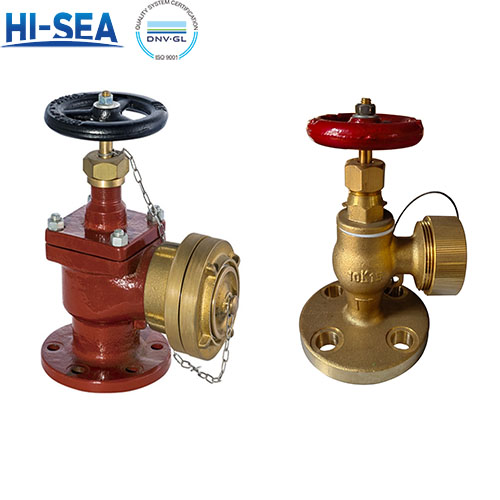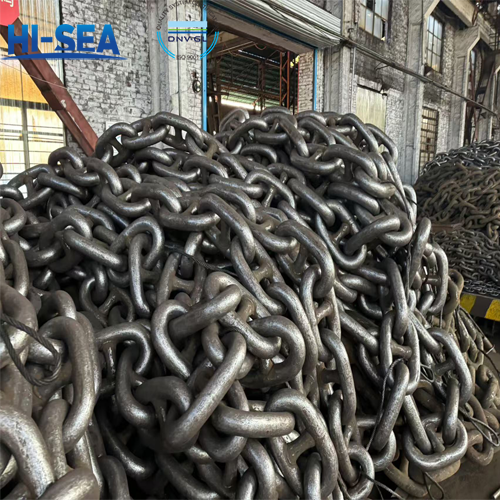
Differences Between Marine Fire Hydrant Valve and Marine Hose Valve
Marine fire hydrant valves and marine hose valves serve similar purposes in maritime firefighting, but they have distinct differences in their design and functionality.
Overview
Purpose:
Marine Fire Hydrant Valve: These valves are typically installed on the ship's deck and are connected to the ship's firefighting system. They serve as access points for firefighters to attach hoses and nozzles for extinguishing fires.
Marine Hose Valve: These valves are often installed along the ship's bulkheads or in various compartments. They provide access points for connecting hoses to distribute water or firefighting agents directly to the affected areas.
Design:
Marine Fire Hydrant Valve: These valves are typically larger and more robust, designed to withstand high pressure and heavy-duty use. They often have a round or square shape with a prominent wheel or handle for operation.
Marine Hose Valve: These valves are generally smaller and more compact. They are designed for quick and easy access, often featuring a lever or handle for quick opening and closing.
Location:
Marine Fire Hydrant Valve: Typically located on the ship's deck, usually near strategic locations where firefighting operations are likely to be conducted.
Marine Hose Valve: Positioned throughout the ship, especially in compartments or areas where there's a higher risk of fire or where access for firefighting is crucial.
Functionality:
Marine Fire Hydrant Valve: These valves are primarily used as connection points for larger hoses and nozzles, allowing firefighters to access a significant volume of water from the ship's firefighting system.
Marine Hose Valve: These valves are used for connecting smaller hoses directly to the ship's water supply or firefighting system. They allow for more localized firefighting efforts in specific areas of the ship.
Application:
Marine Fire Hydrant Valve: Typically used for more extensive firefighting operations, such as tackling fires on the ship's deck or in open areas.
Marine Hose Valve: Often utilized for smaller-scale firefighting tasks, such as suppressing fires in compartments, machinery spaces, or cargo holds.





